
How to Care for Pumpkins: 6 Tips for a Rich Harvest
Pumpkin plants are uncomplicated and easy-care crops that are very popular in kitchens and hobby gardens. They are easy to grow and care for. With their high content of minerals and vitamins, combined with their long shelf life, they are a real goldmine for the winter, especially for self-caterers. Here you will find an overview of all the important care measures to keep your pumpkin plants growing healthy and strong.
This Article Contains:
Quick Overview
How to Care for Pumpkin:
- Water abundantly and evenly, as pumpkins consist of up to 90% water
- Apply a layer of mulch to protect the plant from drying out
- Fertilize every three to four weeks
- Pinch out and shorten runners in July
- Place pumpkins on a dry base to prevent rotting
Cutting Pumpkin Shoots
The sprawling runners can take up a lot of space and should be shortened if necessary. However, remember that the pumpkin plant also needs enough leaves and roots to develop fruit. So if you have to shorten shoots, you should always be careful not to cut off too much. If space is tight, you can shorten larger pumpkin plants with three to five leaves per shoot to two leaves in June. If there is a lack of space, you can also directly attach a scaffold instead and direct the pumpkin upwards.
How to Fertilize Pumpkins
Pumpkin plants grow very quickly and therefore need a lot of nutrients. If the garden soil is fertile, it is sufficient to fertilize the soil once a year with a layer of compost about 2.5 cm/9,8 in thick. For poor, humus-poor soil, you may need more compost (up to 15 cm/5,9 in thick layer). Alternatively, as mentioned above, you can grow your pumpkin directly at the bottom of a compost. Then no fertilization is necessary. If you notice a lack of nutrients during the season, you can fertilize with diluted nettle slurry.

Pinch off Side Shoots From Pumpkin Plant: How to Do It
By pinching out shoots, the plant's energy can be directed towards individual fruits and thus their growth and size. In doing so, you remove new shoots that grow from the leaf axils in order to branch out and expand further. Of course, you can also let the pumpkin plant grow. This will result in many small pumpkins, as their energy is distributed evenly across all the shoots. If you want fewer but larger pump kins, you can remove these new shoots. It is not necessary to pinch out pumpkins nearly as often as tomatoes. It is sufficient if you take one or two days in July to pinch out your pumpkin plants.
Watering the Pumpkin Correctly
Pumpkins need plenty of water evenly throughout the season in order to thrive and produce lots of fruit. The fruit of the pumpkin plant consists of up to 90 % water. It is therefore easy to see why the plant cannot produce fruit if there is a lack of water. Like most plants, it reacts sensitively to waterlogging and its roots begin to rot. As the leaves of the pumpkin plant are hairy, you should pay attention to them when watering and avoid hitting them with the water. Otherwise you risk burns from the sunlight.

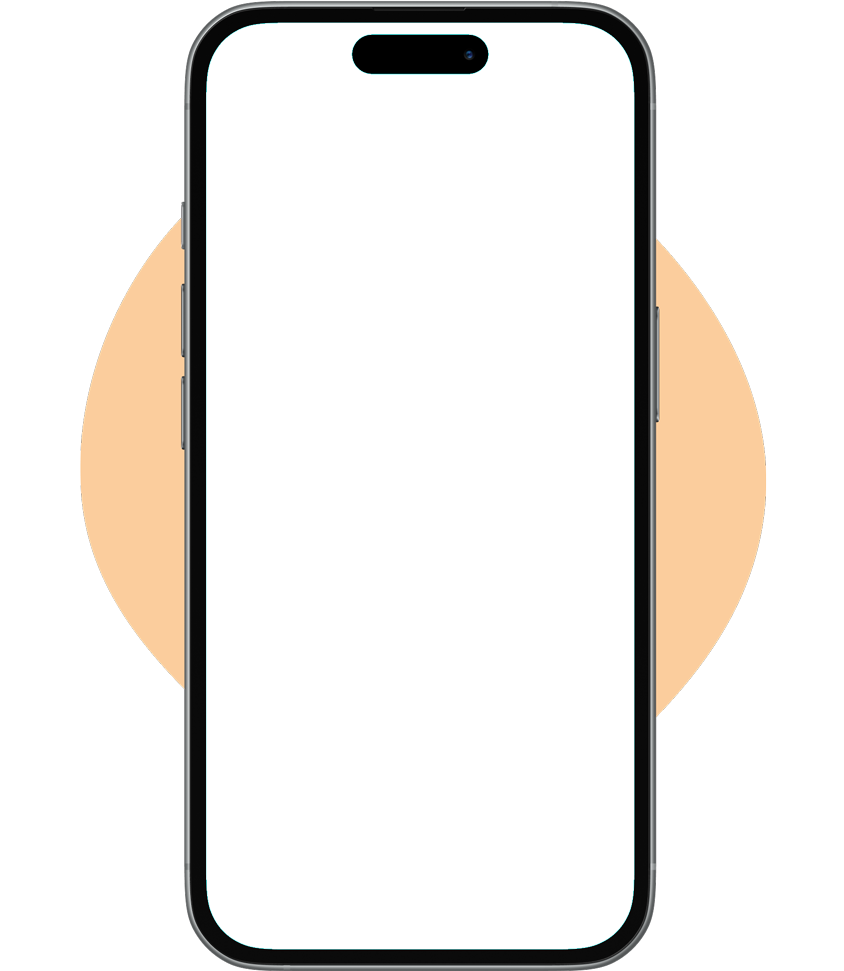
Find Care Tips in Our Library!
In our library you will find information on the individual varieties with cultivation periods, tips on planting, care and harvesting. You will also find companion plants to help you plan a mixed culture.
View Library NowMulching Pumpkin
With their shallow but extensive root system, pumpkins are shallow-rooted plants. In combination with the high water requirement, a layer of mulch with some straw is particularly important at the beginning to protect the plant from drying out. Later, when the pumpkin plant is larger and covers the ground, its leaves themselves provide enough shade to protect the soil from drying out.
Prevent Rotting of Pumpkins During Ripening
When the pumpkins have reached their final size , the fruits are placed on a dry surface to ripen further. This is to prevent rotting and prolongs the storage life of the pumpkins. Place the fruit with the stem facing upwards on a base made of wood, straw or stone. This allows them to ripen well and give them an even shape.

Good luck caring for your pumpkins!
If you have any questions or comments, please write to us at [email protected].
Want to get helpful gardening tips all year round and plan your own beds in the best possible way? Then register here or download the Fryd app for Android or iOS.
Fryd - Your digital bed planner
Cover picture by rauschenberger on Pixabay.

Marie
Marie is an agronomist. She is particularly interested in the sustainable and organic cultivation of vegetables and other plants. In her own garden, she gained experience and likes to try things out to learn from nature. She is particularly interested in the values and principles of permaculture, in order to contribute not only to the well-being of nature, but also to the well-being of people and future generations.
Learn MoreCurrent Topics in the Community
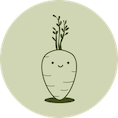
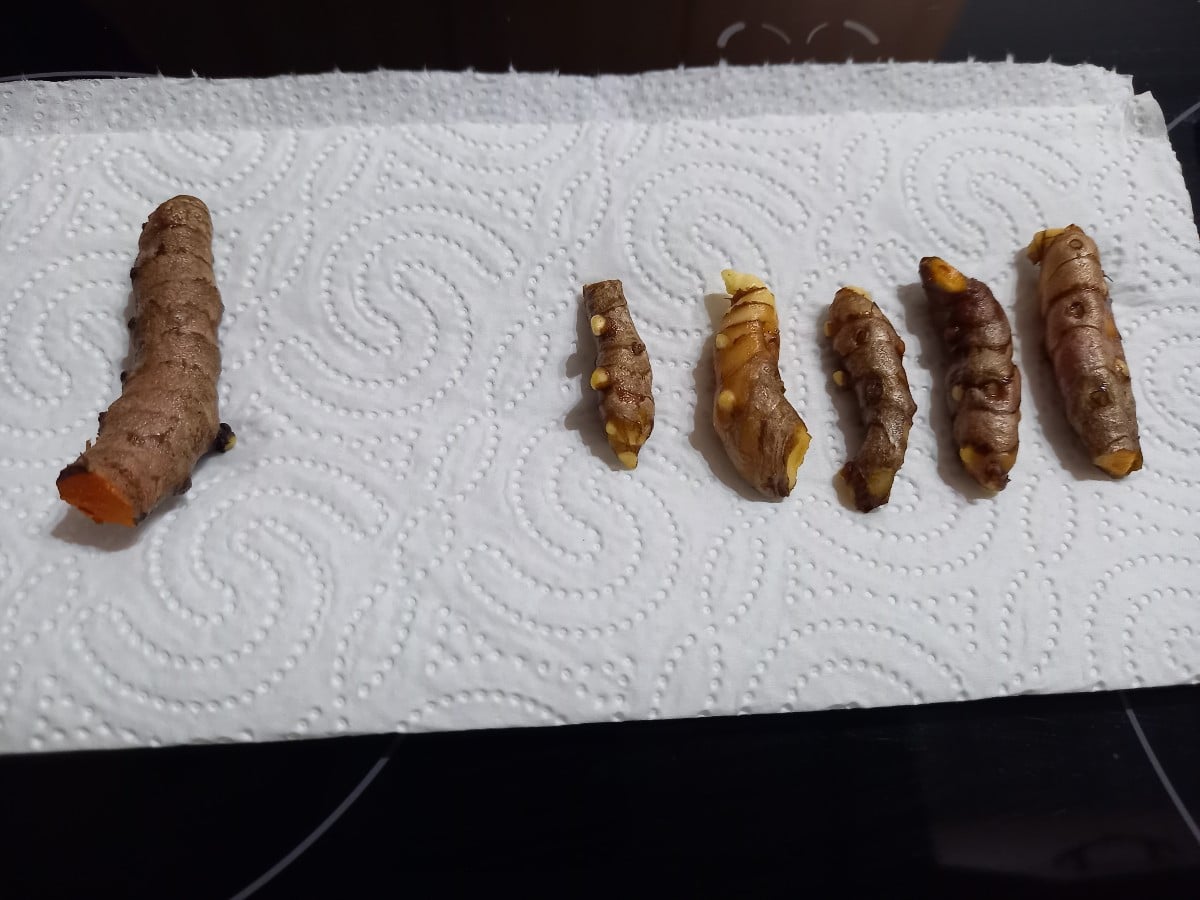
Liked 4 times
Hello folks, Today, after almost a year, I took my turmeric plant out of the flower pot that was on our windowsill. I think it's not bad for a 14x14 pot without any special care. On the left is the mother rhizome, which is also edible.
Show 2 answers
Liked 13 times
Pumpkin jam Cinnamon sticks are added for flavor. It tastes great, do you make pumpkin jam in Europe?
Show 5 answers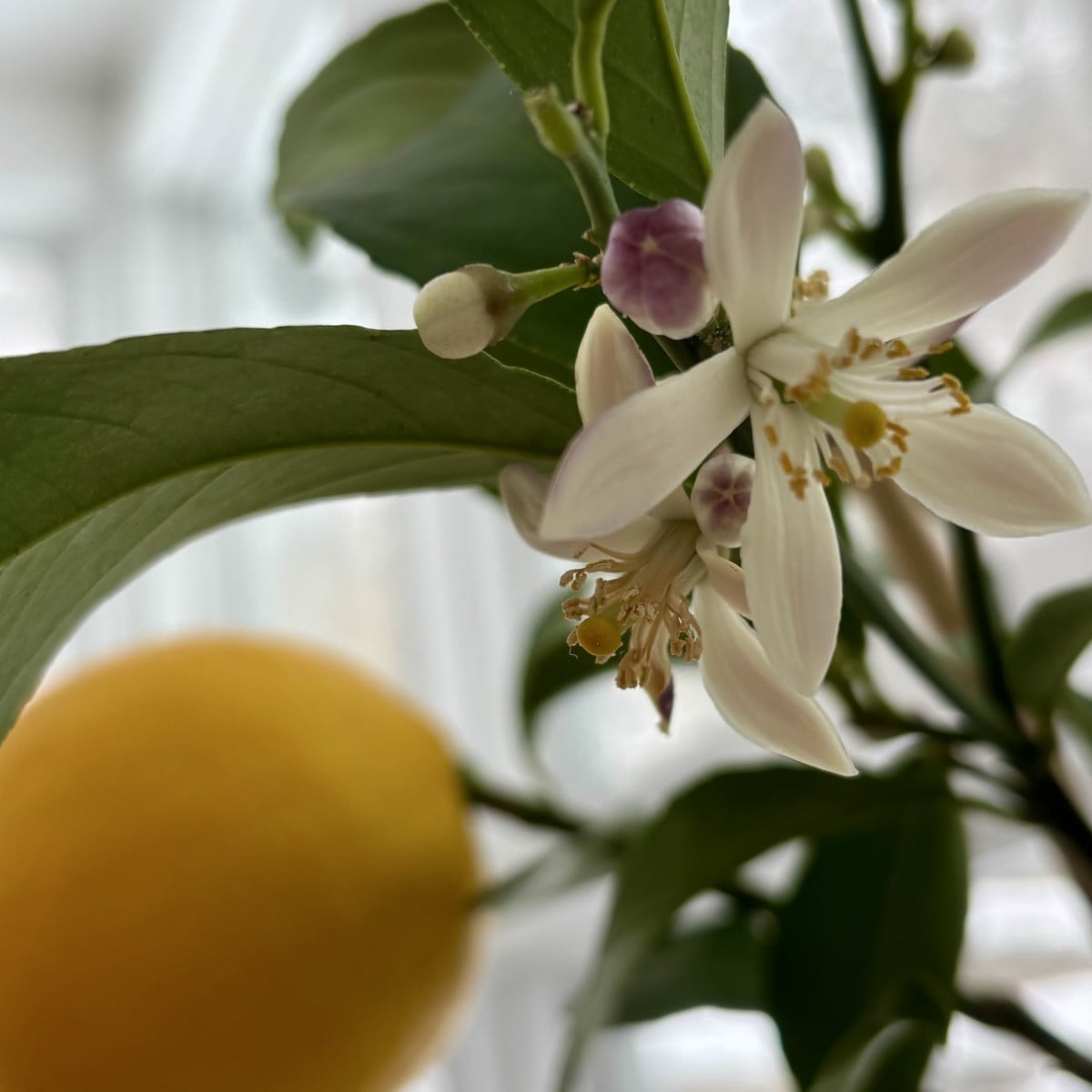
Liked 17 times
There's snow outside, but inside it smells of citrus blossom 🥰🍋🌸
Show 1 answerPopular Articles

Overwintering Parsley: How to Do It Successfully

How to Grow Lettuce in Winter: Varieties, Sowing, Harvesting

Growing Sage Plant: Tips for Sowing and Harvesting
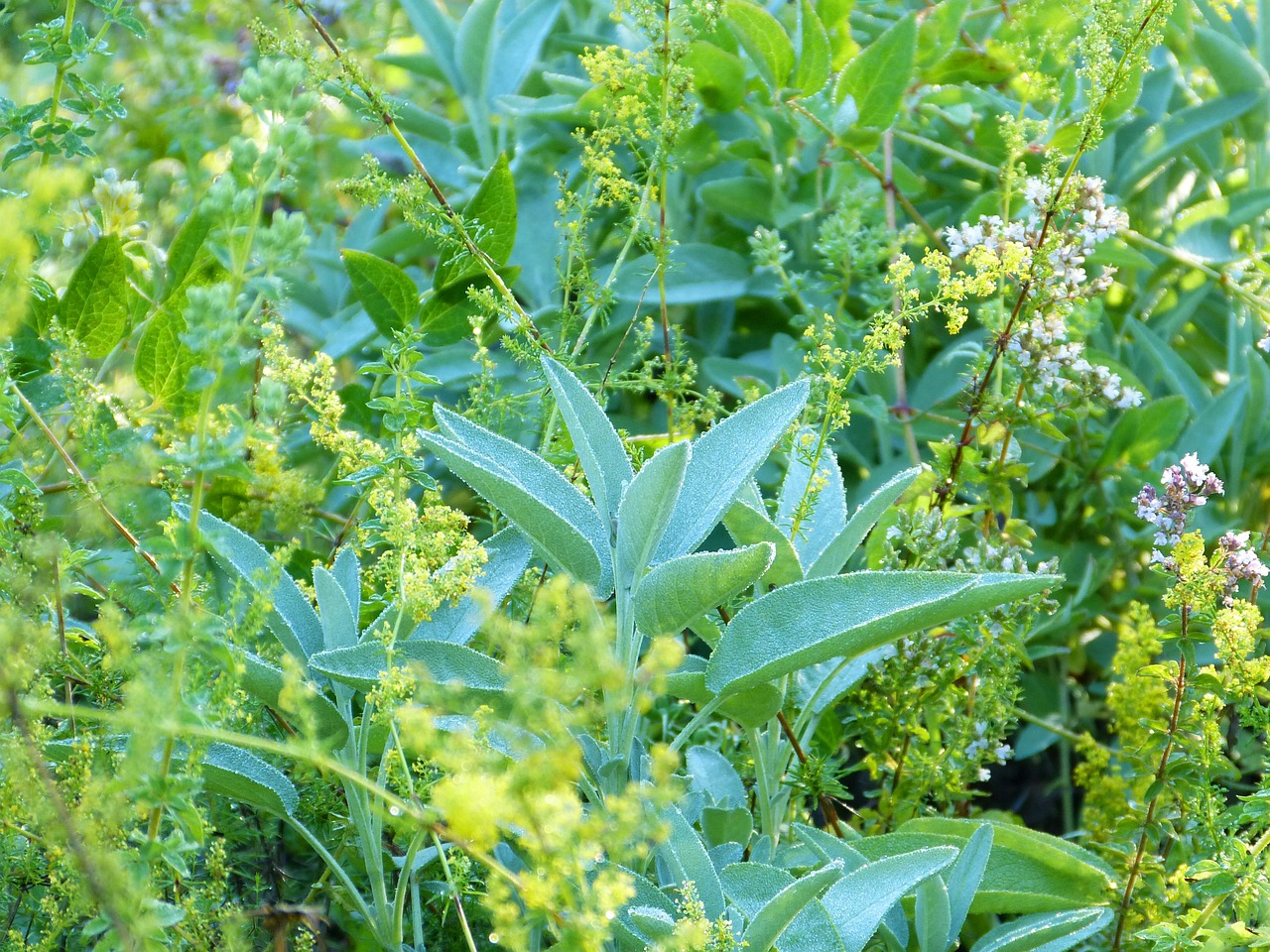
What Herbs Can Be Planted Together?
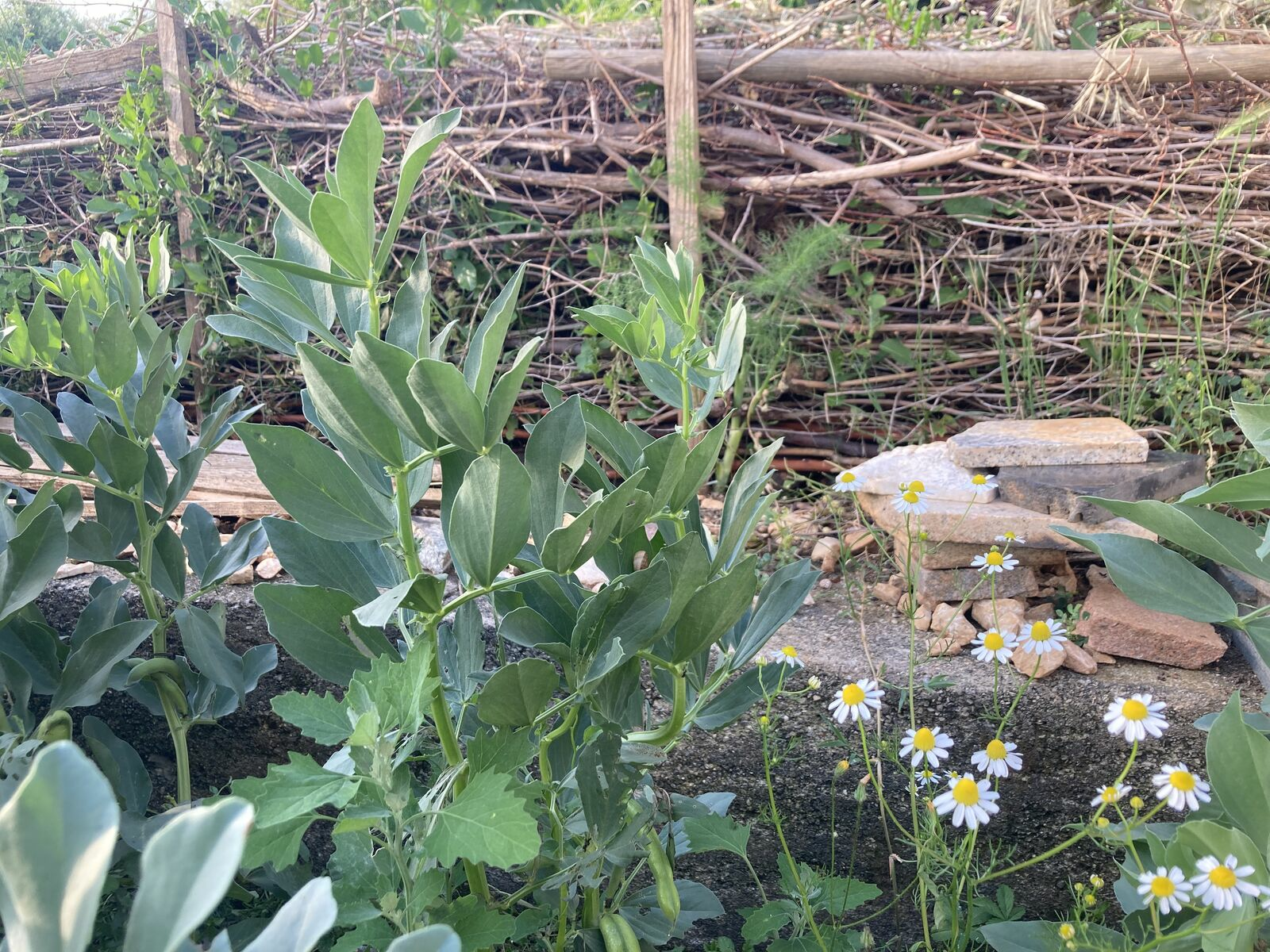
Create & Design a Permaculture Garden

Overwintering Plants: Tubs, Pots and Raised Beds

Pruning, Fertilizing & Propagating Currants: Care Tips

Pruning Raspberries: How to Do It

Vegetable Garden With Greenhouse: How to Use Greenhouse Effect

Winterizing Beds and the Garden: How to Do It
FAQ
How often should I water my pumpkin plant?
Pumpkins need regular and consistent amounts of water, as their fruit consists of up to 90 % water.
Is thinning out necessary for pumpkins?
Pinching out can direct the plant's energy into individual fruits to promote their growth and size. It is recommended in July, but is not necessary as often as with tomatoes.
How can I prevent the pumpkins from rotting?
To prevent rotting, the pumpkins should be placed on a dry surface such as wood, straw or stone as soon as they have reached their final size.
Why is mulching helpful when growing pumpkins?
Pumpkins are shallow-rooted and a layer of mulch protects the soil from drying out. Pumpkins benefit from this as they consist largely of water and a regular water supply is important.